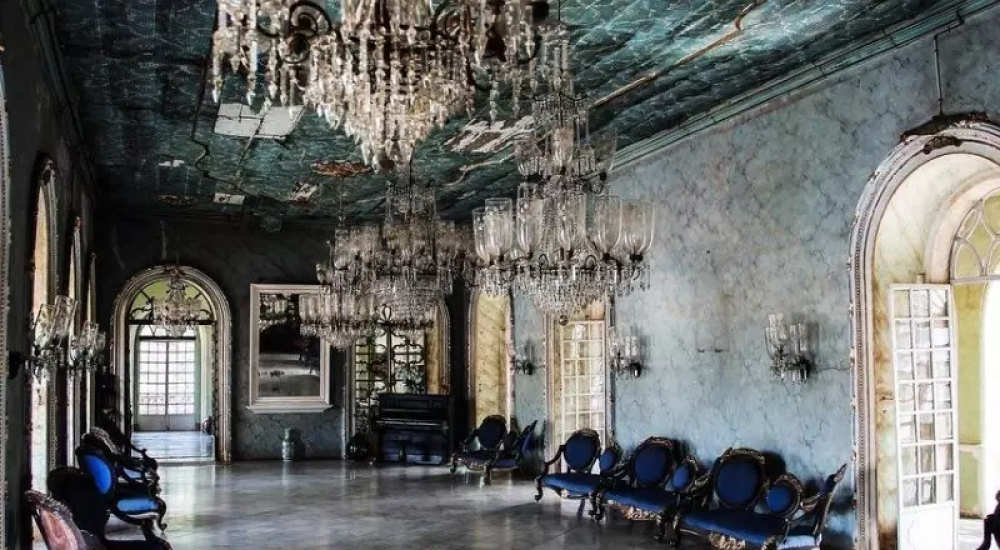

The Menezes Braganza House, located in the charming town of Chandor in South Goa, is a magnificent example of Portuguese colonial architecture and a testament to the history and heritage of Goa. The history of tourism related to the Menezes Braganza House has been a fascinating journey that reflects the evolution of cultural interest and heritage preservation in Goa.
The Menezes Braganza Pereira house has stood since the 17th century, showcasing the opulent lifestyle of the wealthy land-owning class of Goa during Portuguese rule. The house is divided into two separate sections, each belonging to different branches of the Braganza family. It features a mix of Indian and Portuguese influences, as seen in its architecture and the artifacts within.
Tourism in Goa began to pick up pace in the 1960s and 1970s when hippies from the West discovered its pristine beaches and laid-back lifestyle. However, it wasn't until the state government recognized the potential of heritage tourism that the Menezes Braganza House became a point of interest for domestic and international tourists.
In the 1980s and 1990s, with the promotion of Goa as a cultural and heritage destination, more visitors started exploring the interiors of Goa beyond its coastlines. The Menezes Braganza House, with its rich history and preservation of Goan culture, became an important stop on the heritage tourism map.
Visitors to the Menezes Braganza House are captivated by its vast collection of artifacts, including antique furniture, Chinese porcelain, and family portraits. A major highlight is the library, which houses a collection of over 5,000 books and ancient manuscripts, including a Portuguese translation of Bhagavad Gita and an original Italian Bible.
As increasing numbers of tourists began to visit the house, conservation efforts were initiated to maintain its structure and contents. This initiative has been partially driven by entry fees and donations from tourists, highlighting the symbiotic relationship between heritage conservation and tourism.
In recent years, there's been a growing trend towards immersive and experiential travel. Tourists visiting the Menezes Braganza House now often engage in guided tours led by members of the Braganza family, offering personal anecdotes and a deeper insight into the historical significance of the house.
Furthermore, eco-tourism and sustainable travel practices are becoming increasingly popular. Visitors to South Goa are more conscious of their impact on the environment and local cultures, seeking to preserve the authenticity and heritage of destinations like the Menezes Braganza House.
The Menezes Braganza House remains a treasured part of Goa's history and a testament to the beauty of Indo-Portuguese culture. As tourism trends evolve, the house continues to attract visitors keen on exploring the rich tapestry of Goa's heritage and serves as a beacon for the preservation of such monuments for future generations.